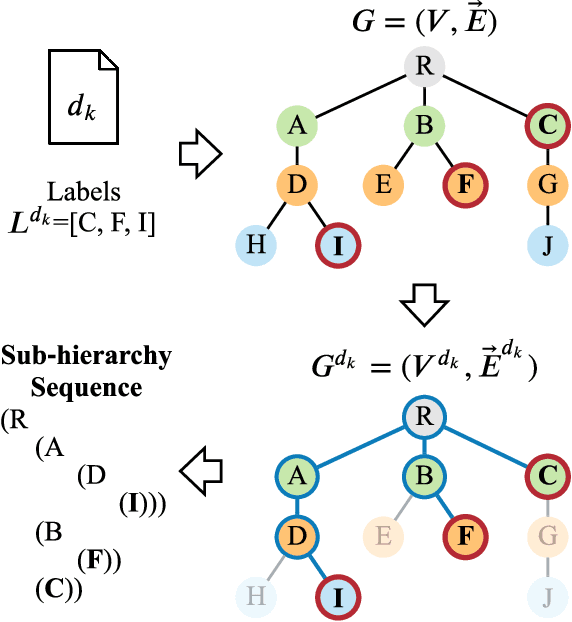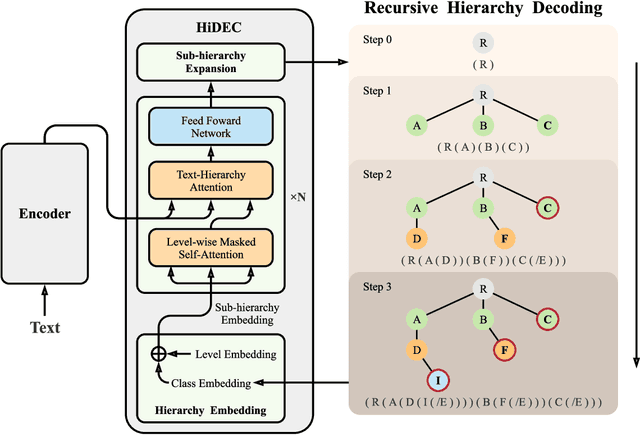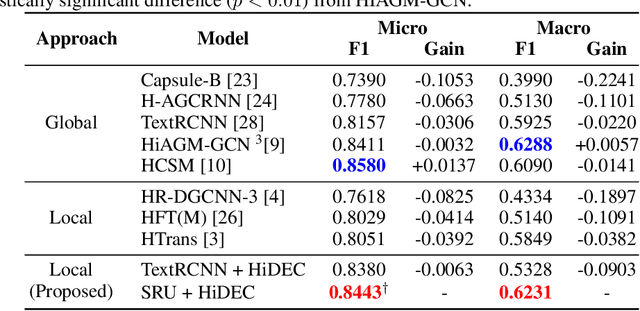Gibaeg Kim
Format Inertia: A Failure Mechanism of LLMs in Medical Pre-Consultation
Oct 02, 2025Abstract:Recent advances in Large Language Models (LLMs) have brought significant improvements to various service domains, including chatbots and medical pre-consultation applications. In the healthcare domain, the most common approach for adapting LLMs to multi-turn dialogue generation is Supervised Fine-Tuning (SFT). However, datasets for SFT in tasks like medical pre-consultation typically exhibit a skewed turn-count distribution. Training on such data induces a novel failure mechanism we term **Format Inertia**, where models tend to generate repetitive, format-correct, but diagnostically uninformative questions in long medical dialogues. To mitigate this observed failure mechanism, we adopt a simple, data-centric method that rebalances the turn-count distribution of the training dataset. Experimental results show that our approach substantially alleviates Format Inertia in medical pre-consultation.
Taxonomy of Comprehensive Safety for Clinical Agents
Sep 26, 2025Abstract:Safety is a paramount concern in clinical chatbot applications, where inaccurate or harmful responses can lead to serious consequences. Existing methods--such as guardrails and tool calling--often fall short in addressing the nuanced demands of the clinical domain. In this paper, we introduce TACOS (TAxonomy of COmprehensive Safety for Clinical Agents), a fine-grained, 21-class taxonomy that integrates safety filtering and tool selection into a single user intent classification step. TACOS is a taxonomy that can cover a wide spectrum of clinical and non-clinical queries, explicitly modeling varying safety thresholds and external tool dependencies. To validate our framework, we curate a TACOS-annotated dataset and perform extensive experiments. Our results demonstrate the value of a new taxonomy specialized for clinical agent settings, and reveal useful insights about train data distribution and pretrained knowledge of base models.
Hierarchy Decoder is All You Need To Text Classification
Nov 22, 2021



Abstract:Hierarchical text classification (HTC) to a taxonomy is essential for various real applications butchallenging since HTC models often need to process a large volume of data that are severelyimbalanced and have hierarchy dependencies. Existing local and global approaches use deep learningto improve HTC by reducing the time complexity and incorporating the hierarchy dependencies.However, it is difficult to satisfy both conditions in a single HTC model. This paper proposes ahierarchy decoder (HiDEC) that uses recursive hierarchy decoding based on an encoder-decoderarchitecture. The key idea of the HiDEC involves decoding a context matrix into a sub-hierarchysequence using recursive hierarchy decoding, while staying aware of hierarchical dependenciesand level information. The HiDEC is a unified model that incorporates the benefits of existingapproaches, thereby alleviating the aforementioned difficulties without any trade-off. In addition, itcan be applied to both single- and multi-label classification with a minor modification. The superiorityof the proposed model was verified on two benchmark datasets (WOS-46985 and RCV1) with anexplanation of the reasons for its success
 Add to Chrome
Add to Chrome Add to Firefox
Add to Firefox Add to Edge
Add to Edge